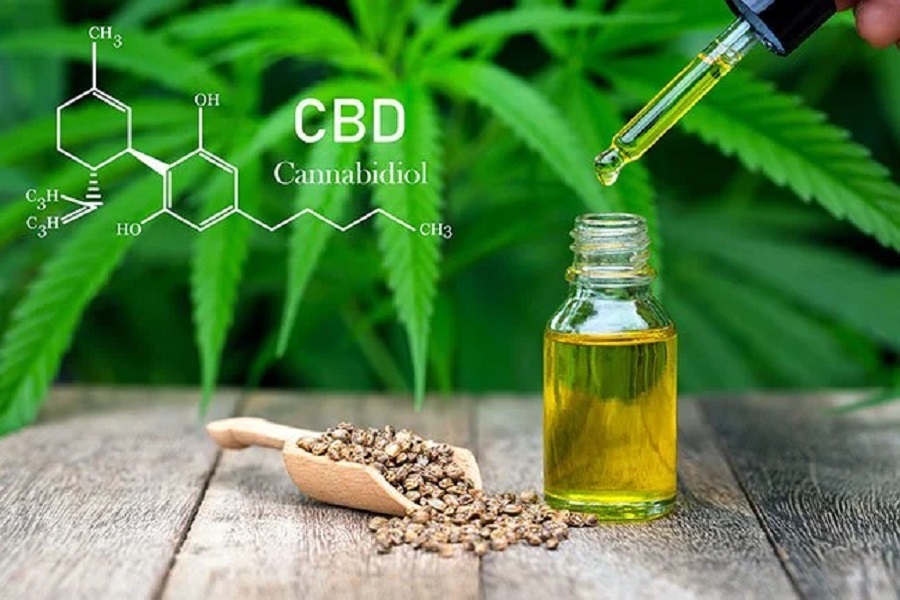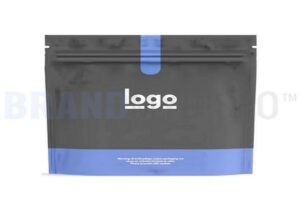CBD and THC are the two well-known chemical compounds found in cannabis. But did you know that while cannabis plants are still in the ground and growing, they only contain a bit of each?
Raw cannabis mainly produces the acid type of phytocannabinoids. It has to go through a certain process before its substances become the neutral types that most of us understand and appreciate– THC, CBD, CBG, and so forth. Yet what is this mechanism, how does it occur, and why? Read on to learn everything about decarboxylation.
What Is Decarboxylation?
Decarboxylation happens when the essential phytocannabinoids in marijuana convert from their acidic kinds to their active states that allow interaction between the neurotransmitters that comprise our endocannabinoid system ( ECS) when consumed.
Now, that’s simply science-talk for compounds becoming better compounds that appropriately work in each of our bodies. Before raw hemp undergoes decarboxylation, it has different 2-carboxylic acids.
The more well-known molecules include tetrahydrocannabinolic acid (THCA), cannabigerol acid (CBGA), cannabidiol acid (CBDA), and cannabinol acid (CBNA). And similar to their decarboxylated kinds– CBD, THC, and so on– these non-decarboxylated phytocannabinoids also bring beneficial effects.
CBDA is known for its benefits for stress, minor discomfort and inflammation, dizziness, and overwhelming. THCA shares a lot of the same properties, together with reducing fat storage and sustaining metabolic rate.
How Does Decarboxylation Work?
Decarboxylation works by using warmth and time. If you remember from earlier, cannabinoids start with an added carbon-oxygen-oxygen-hydrogen (- COOH) molecular bond, also called a “carboxyl,” that makes them an acidic group.
Fortunately, this carboxyl bond isn’t also long-lasting, and heat and time can break it. Normally, decarboxylation is a chemical process that transforms acidic cannabinoids’ structure to their neutral or non-acid kinds.
Decarboxylation can occur in either way:
- The natural way– raw cannabis matures over time. With exposure to sunlight and air, decarboxylation slowly transforms substances such as CBDA and THCA into CBD and THC, specifically.
- The manual way– using an artificial heat source to ignite the compounds and cause decarboxylation instantly. Smoking or vaporizing raw cannabis are archetypes of manual decarboxylation.
CBD And Decarboxylation
Decarboxylation is a chemical process in raw marijuana. Acidic, non-decarboxylated cannabinoids (THCA, CBDA) lose their architectural bond and turn into neutral decarboxylated forms (THC, CBD).
Cannabis becomes decarboxylated with heat and time. Normally, decarboxylation will occur as cannabis matures and is continuously subjected to air and sunlight. However, home heating cannabis for a prolonged period with a heat source can create decarboxylation.
Before CBD or any other cannabinoids can be beneficial, they should go through decarboxylation. Or else, they’ll remain in their non-decarboxylated forms, though this isn’t constantly a poor thing regarding cbd because research shows that CBD and CBDA have useful properties.
It is possible to decarb CBD and other cannabinoids in your home by using an oven or boiling water. However, each cannabinoid has different decarboxylation temperatures and a more distinct boiling point.



